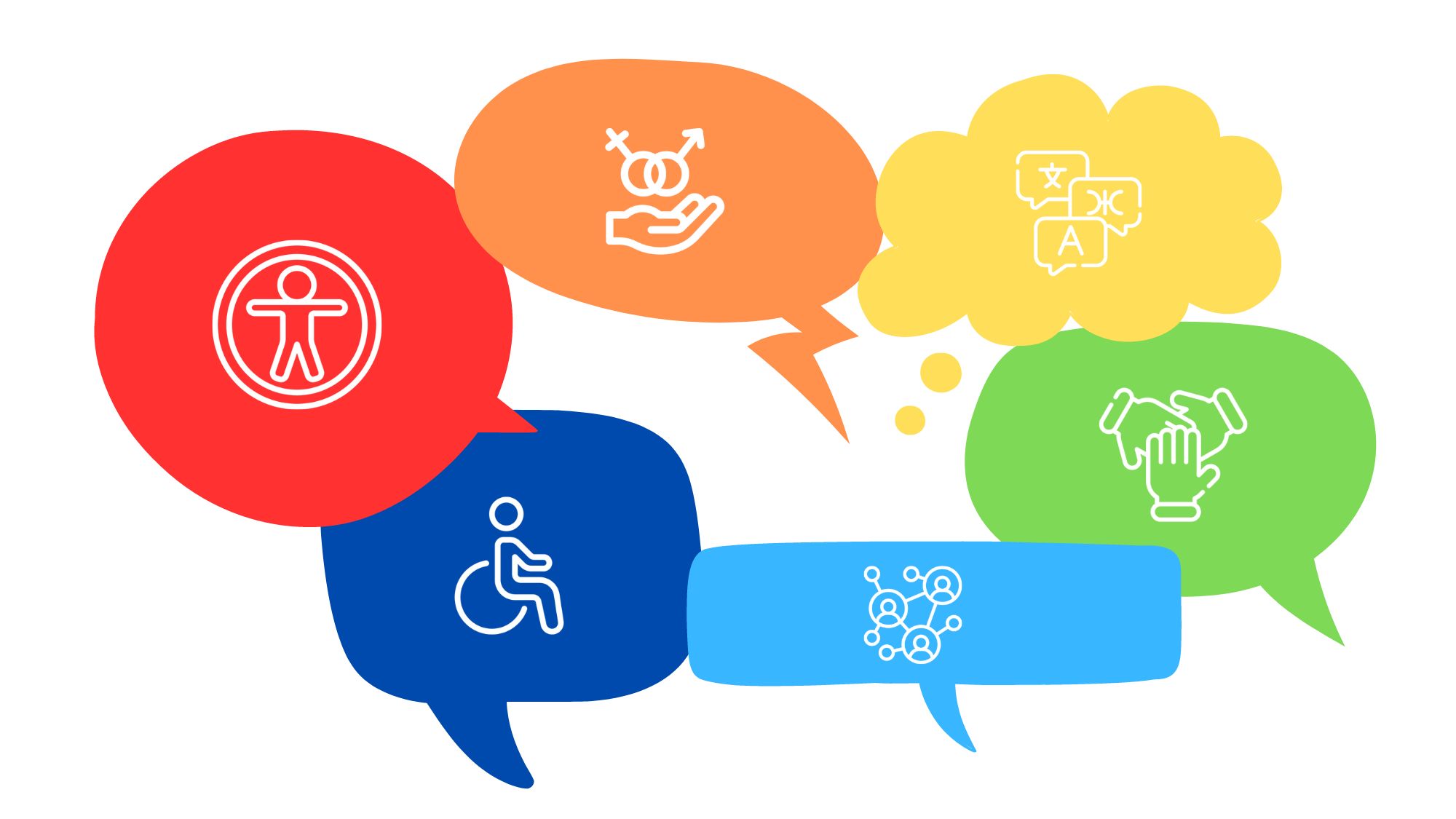“Disabled people” or “people with disabilities”? “Mankind” or “humankind”?
From now on, if you have any doubts about communicating in a respectful, non-sexist and non-exclusionary way, you can take a look at the guide ‘Recommendations for inclusive communication in health research’. This document, which is free and open to everyone, has been produced by the Hipàtia community, formed by AQUAS, the Catalan Agency for Health Quality and Assessment of the Catalan Ministry of Health, and nine health research centres, including the Hospital del Mar Research Institute.
In health research, as in other areas of life, it is as essential to avoid discrimination and stereotypes as it is to ensure that all people are represented and included, without making any person or group invisible. An essential factor in achieving this is the incorporation of the gender perspective in research, a field where much progress has been made, but where there is still a long way to go.
But beyond taking diversity into account when doing research, it is also essential to communicate the research in an inclusive way. However, the way we use language is often not very inclusive, and it is necessary to make an active effort to find alternatives that avoid reproducing traditional stereotypes and making certain groups invisible, both in the media and in corporate and personal communication.
This guide aims to facilitate this task by providing recommendations and practical examples for written, oral and visual communication, and for the treatment of all diversity, be it gender, disability, illness or cultural groups. In addition, the guide has been produced in Catalan and English, with examples adapted to each language.
You can access the complete guides and summaries in each language here:







